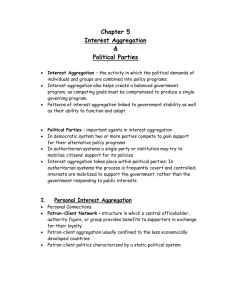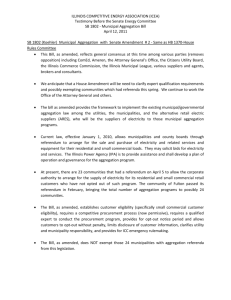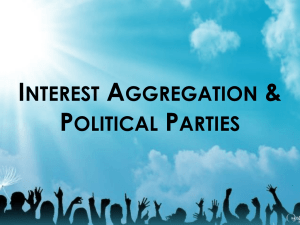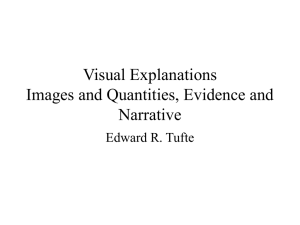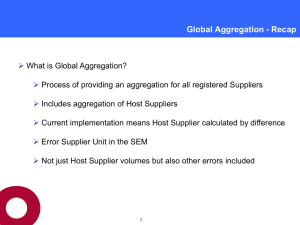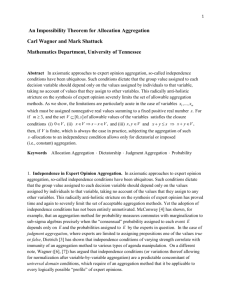Chapter 5 Power Point
advertisement
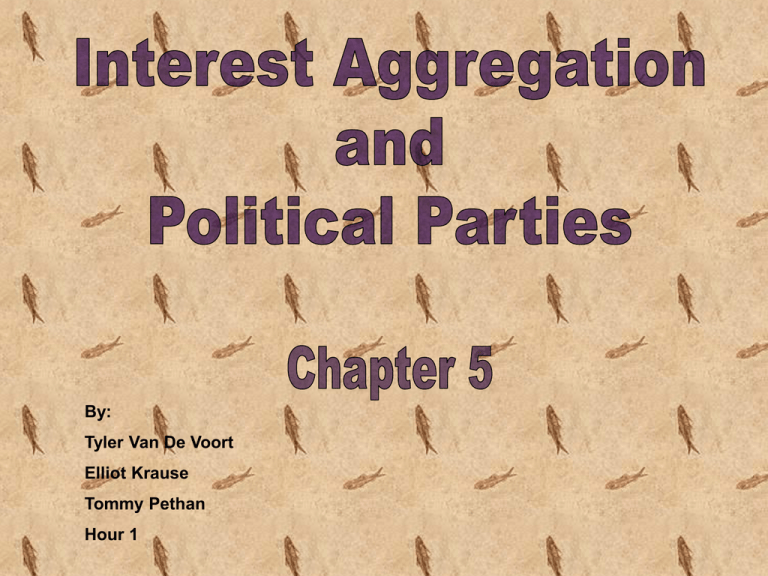
By: Tyler Van De Voort Elliot Krause Tommy Pethan Hour 1 What is interest aggregation? Interest aggregation is a process that occurs when the shared demands of a groups are organized into a political program. This leads to the formation of political parties, which create a platform that meets the needs of the party’s followers. Personal Interest Aggregation The patron-client network : A structure in which a central officeholder, authority figure, or group provides benefits to supporters in exchange for their loyalty. The book says that the Patron-Client Network is so essential to comparative politics, it is analogous to the cell in biology. Feudalism relied extensively on Patron-Client Networks. Nowadays, U.S. and Britain have relatively low levels of Patron-Client Networks, compared to Egypt, India, and Nigeria. Institutional Interest Aggregation Patron-Client Networks are a staple of personal interest aggregation, but Associational Groups and Institutional Groups define Institutional Interest Aggregation. Associational Groups express demands and support a certain political party. For example, Labour Unions coagulate their interests onto one political platform that meets their needs. The process of forming Associational groups brings together people of different subgroups. Institutional Groups include governmental bureaucracies and militaries. They try to expand their interests by going out and looking for problems that need fixing. Military Institutional groups occur in the same way, except that they force to implement their programs. Military organizations are decisive when their organized government breaks down. Competitive Party Systems and Interest Aggregation There are two types of party systems: Competitive Party Systems have parties that try to build electoral support in hopes of winning an election. Can be challenged by other parties with different platforms. U.S. has a competitive party system. Authoritarian Party Systems have parties that want to control society, and nothing else. Are rarely influenced by other Interest Groups. Competitive Party Systems and Interest Aggregation Competitive Party Systems and Elections How do elections work? There are two election setups that allow groups to gain representation in government. Single-member district plurality election rule, or the Plurality rule, means that the winner of and election needs more votes than the second place candidate. A majority is not necessary to win this type of election. This process can be called “The first past the post,” a horse racing term. Then there is something called proportional representation. A party will offer many candidates for election to a legislative office. The number of votes each party receives is directly proportional to the amount of representation received. More votes = more representation. Competitive Party Systems and Interest Aggregation These two election setups create different results. These results, or tendencies, are explained by Duverger’s Law. It is named after French political scientist Maurice Duverger. The plurality systems create a two party system, each party supports one candidate, and the parties compete against each other. The United States uses this system. Proportional party systems tend to create multiple parties. The smaller parties have a chance to gain representation in a proportional system, but they would be overlooked in a plurality system. Competitive Party Systems and Interest Aggregation Implications of the Election Ideally, the election should allow voters to make a collective choice on government. Voters should be able to change the way their country is run. This is the obvious function. Shifts in voter ideals change the outcomes of elections, allowing for change. On the other hand, some political systems use the elections to validate their government. Voters are forced to symbolically express their support by voting for a predetermined winner. Egypt has had elections of this caliber. I choose you. Competitive Parties in Government Possible results from election: - Single party wins majority of vote. - “First past the post” – majority not needed. - Preelection coalition governments – parties work together to maximize votes…may even govern together. Aggregation of interests at government level when elections do not create a majority party or preelection coalition government: - Makes citizens feel that their vote has little influence. - Minority interests can be represented. Competitive Party Systems and Interest Aggregation Classifying Competitive Party Systems • • • • • • • Majoritarian two-party systems – dominated by two parties Majority-coalition systems – pre-electoral coalitions between parties are established Multiparty systems – usually no single party wins legislative majority Consensual party system – fairly similar policies and parties trust in the political system Conflictual party system – main parties antagonistic towards each other Accommodative - mixture of both consensual and conflictual A higher degree of antagonism is more likely to cause political instability than the number of parties. Competitive Party Systems and Interest Aggregation Countries and Their Type of Party System • Consensual majoritarian party system: United States - Britain • Consensual multiparty system: Norway - Sweden • Conflictual majoritarian party system: Austria (1918-1934) Conflictual multiparty system: French Fourth Republic - Weimar Germany • Accommodative multiparty system: Netherlands – Belgium • Consensual majority-coalition party system: Germany Competitive Party Systems and Interest Aggregation AUTHORITARIAN PARTY SYSTEMS • Aggregation takes place within ranks of the party or in interactions with business groups, landowners, and institutional groups in bureaucracy or military. • Citizens do not possess luxury of choosing between party alternatives…controlled elections are commonly held instead. Exclusive Governing Parties • - Controls political resources through one party • - Free activity by social groups, citizens, and government agencies is not permitted • - Has been tried to aid in massive social change…many cases of unsuccess • USSR, North Korea, Vietnam, Cuba • China – economy is not completely controlled, yet legitimacy of other political groups is not recognized Authoritarian Party Systems Inclusive Governing Parties -These Systems Recognize the autonomy of social cultural and economic groups -They do not try to control these groups -They do not provide political resources to the people Authoritarian Party Systems Military and Interest Aggregation • Breakdown of democratic governments often results in a military Government • Military can also wield strong political power in civilian governments • Drawbacks- Lack of internal aggregation, compromising, and communication, and legitimacy Trends In Interest Aggregation • Democracy has been growing • Competitive governments are over 50% • Militaries now are more likely to use influence behind the scene than direct rule Significance Of Interest Aggregation • Aggregation process narrows policy options • Aggregation determines polarization of policy making body
